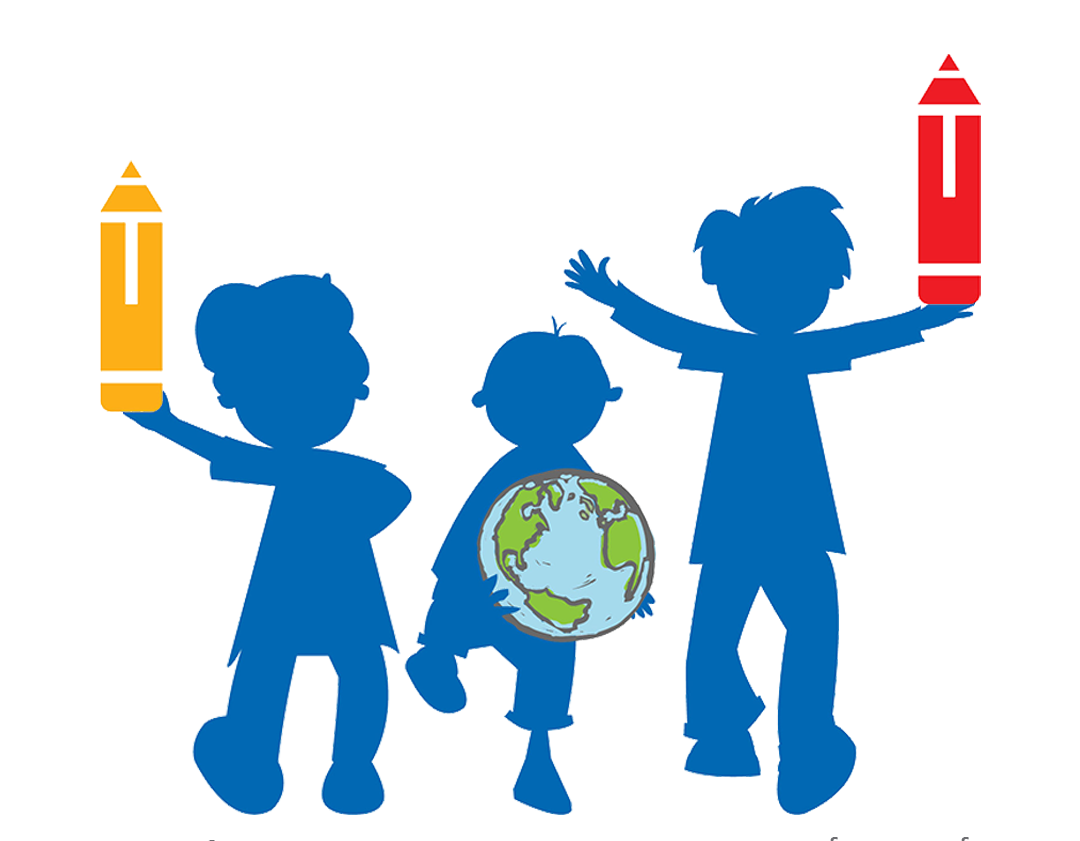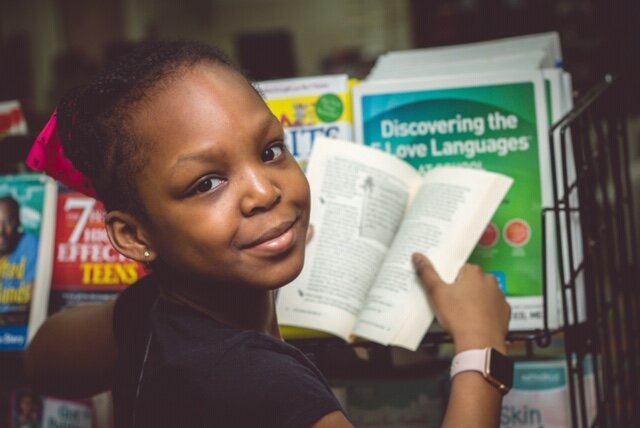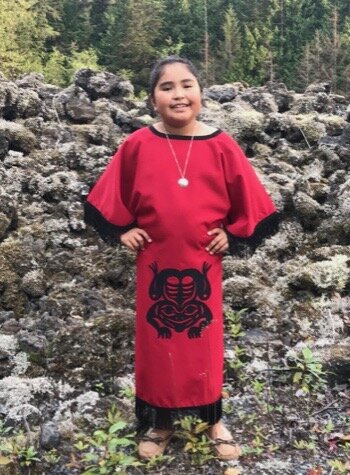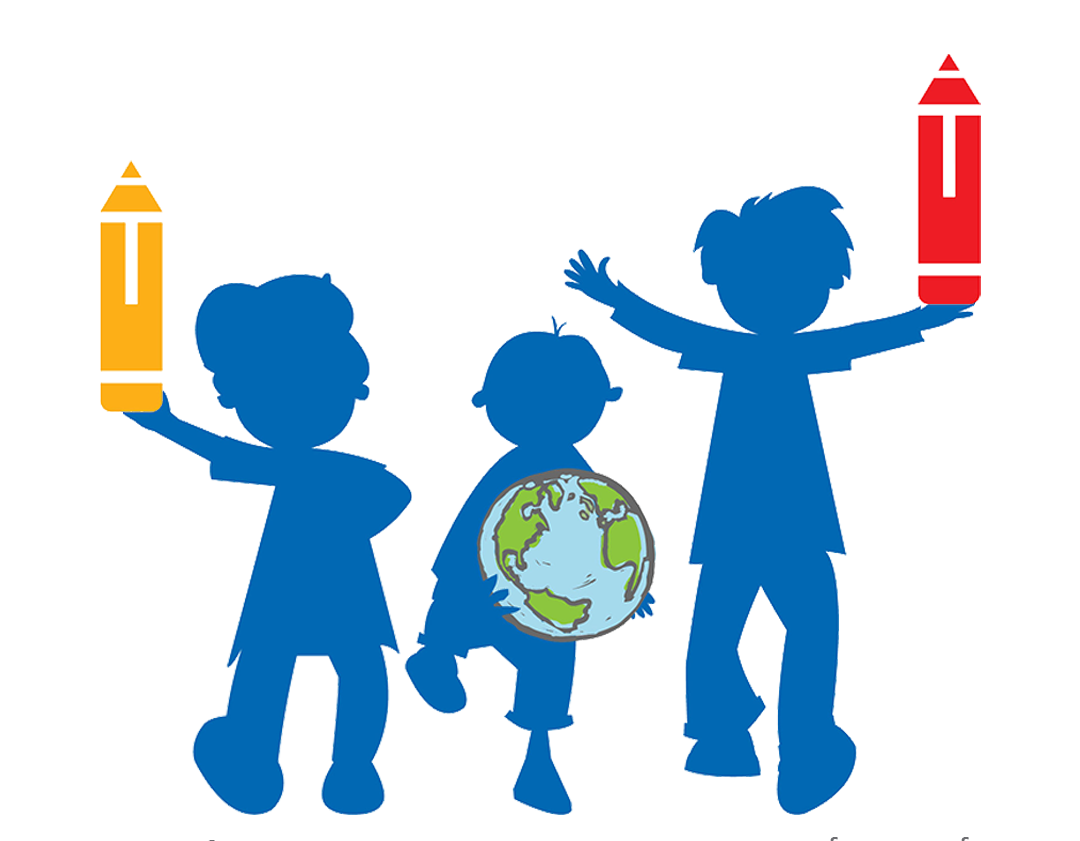Hello Everyone! My name is Andrea Wilson, and I am a North American Child Author
In September 2018, I was in London attending an event in the House of Lords where Child Authors and kids just like you discussed problems of our earth and how we can solve them. With kids from schools from around the UK, we talked at length about the meaning of a concept called intergenerational equity.
Intergenerational equity means treating others with respect regardless of their age. Broadly, it means understanding that each person is only one drop in an ocean full of people who would all like to be respected and shown reverence. But intergenerational equity is now a phrase and something we aren’t acting on: the earth has been around for billions of years and has supported thousands of generations of people. It could support thousands more if we take care of it. Unfortunately we’re not doing a good job.
My goals in life and with this blog are to encourage everyone to make a difference and to spread my passion to solve pressing issues around the world. By the time by my generation is at its prime, I would like to be in a world where everyone’s hearts and minds are evolved to the point that we care about the environment, each other, and people who don’t have as much. I feel very strongly about animals, people with no homes, gender equality and global warming as well as many other issues. Overall, I believe my purpose in life as a child and adult is to help prevent and solve disasters in humanity and our earth such as whole forests being chopped down, the loss of a species, greenhouse gas levels going up, a billion more tons of trash into the ocean, natural disasters, and many other things. I want to help to return the balance of climate and air to what it was before we started mass-producing greenhouse gasses. Someday, I hope I can travel to a rainforest or other biome teaming with life the way it was before we started to hunt and destroy the homes of the biome’s inhabitants.
“I hope I can travel to a rainforest or other biome teaming with life the way it was before we started to hunt and destroy the homes of the biome’s inhabitants”
Try to imagine a world untouched by humans. The whole earth is covered in trees and prosperous life. Rolling hills, majestic mountain ranges, vast grasslands, magical waterfalls, endless forests, rocky plateaus and any other imaginable environment stretched for as far as the eye could see. Even the arid desserts were bustling with life. Every species is plentiful; none have gone extinct as a result of humanity. The air quality and temperature is balanced and only adjusted by the environment. Every species only takes what they need and respects the food chain. This is life at its balance.
Then humans came along. At first we were one with the animals: we too foraged for food and always kept moving. Then human brains developed and came up with ideas to make life easier. We kept reproducing until other species dwindled while our numbers grew. And this will continue unless we do something. Indeed eventually our earth will be unable to support us and we will run out of food. We will eat animals poisoned with chemicals and plastic (actually we’re doing this now in part). The oceans will be of garbage not water (some are now). The sheer amount of greenhouse gasses will cause storms that kill many people. Some countries will cease to exist in a civilized way. There will be no life except for us and our cruel ways, and even we will be diminishing. We must change and stop going down this path before it gets even worse.




















